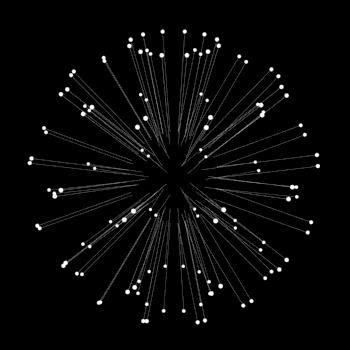i. We know that ((p),(1),(1)) lies in the same 'plane' as ((4),(2),(p)). One thing to notice is that the second number in vec(OB) is double that of vec(OA), so vec(OB)=2vec(OA)
((2p),(2),(2))=((4),(2),(p))
2p=4
p=2
2=p
For the unit vector, we need a magnitude of 1, or vec(OA)/abs(vec(OA)). abs(vec(OA))=sqrt(2^2+1+1)=sqrt6
hat(vec(OA))=1/sqrt6((2),(1),(1))=((2/sqrt6),(1/sqrt6),(1/sqrt6))=2/sqrt6i+1/sqrt6j+1/sqrt6k
ii. costheta=(veca.vecb)/(abs(veca)abs(vecb)
cos90=0
So, (veca.vecb)=0
vec(AB)=vec(OB)-vec(OA)=((4),(2),(p))-((p),(1),(1))=((4-p),(1),(p-1))
((p),(1),(1))*((4-p),(1),(p-1))=0
p(4-p)+1+p-1=0
p(4-p)-p=0
4p-p^2-p=0
3p-p^2=0
p(3-p)=0
p=0or3-p=0
p=0or3
iii. p=3
vec(OA)=((3),(1),(1))
vec(OB)=((4),(2),(3))
A parallelogram has two sets of equal and opposite angles, so C must be located at vec(OA)+vec(OB) (I'll provide a diagram when possible).
vec(OC)=vec(OA)+vec(OB)=((3),(1),(1))+((4),(2),(3))=((7),(3),(4))

